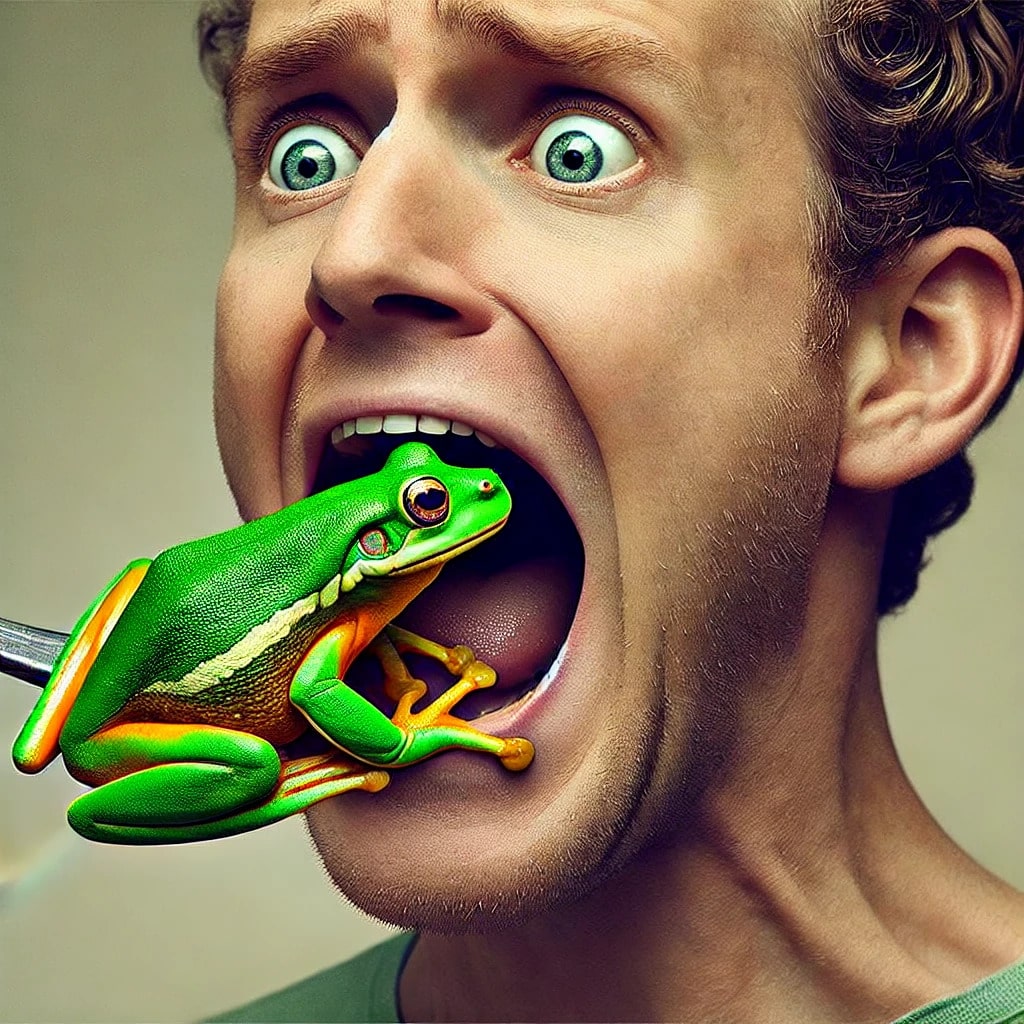
In the modern world, where endless to-do lists and constant demands on our time can feel overwhelming, mastering productivity is key. A method that’s gained significant attention for helping people overcome procrastination and enhance focus is the “swallow that frog” approach. This powerful technique was introduced by Brian Tracy in his book Eat That Frog! available on Amazon here.
So, what does it mean to “swallow that frog,” and how can this simple concept transform the way you work? Let’s break down the principles behind this approach and how you can implement it in your daily routine.
What Does “Swallowing the Frog” Mean?
The concept is based on a quote often attributed to Mark Twain: “If it’s your job to eat a frog, it’s best to do it first thing in the morning. And if it’s your job to eat two frogs, it’s best to eat the biggest one first.” In other words, the “frog” is your most challenging, important, or dreaded task. By tackling it first thing in the morning, you set a positive, productive tone for the day.
Why Start with the Toughest Task?
Swallowing the frog has several benefits:
- Build Momentum: Completing a difficult task first thing boosts your confidence and gives you a psychological win early in the day.
- Increase Focus: Tackling the hardest task when you’re fresh helps you dedicate your best focus and energy to what matters most.
- Reduce Procrastination: By committing to complete your top priority task first, you avoid the trap of working on less impactful or easier tasks just to stay “busy.”
Implementing the “Eat That Frog” Technique
To put this technique into action, follow these steps:
- Identify Your Frog: At the start of each day, pinpoint the most critical task that will move you closer to your goals.
- Do It First: Commit to starting this task before anything else. Avoid checking emails, social media, or any other distractions until it’s done.
- Stay Consistent: Making this a daily habit builds discipline and makes each day’s productivity feel more achievable and satisfying.
Want to dive deeper into the technique? Brian Tracy’s book Eat That Frog! expands on these strategies and offers valuable insights into overcoming procrastination and maximizing productivity. You can check it out here.
By implementing the “swallow that frog” technique, you can overcome procrastination, accomplish more, and stay on track toward achieving your goals—one task at a time.


